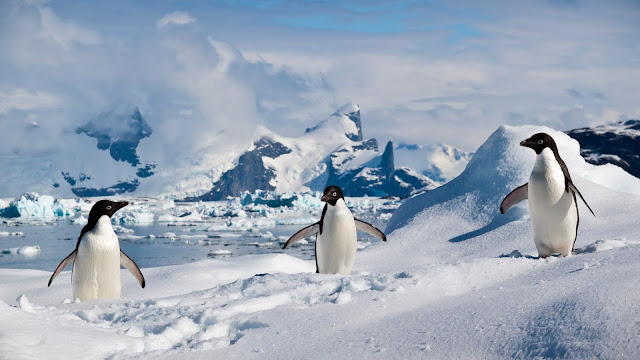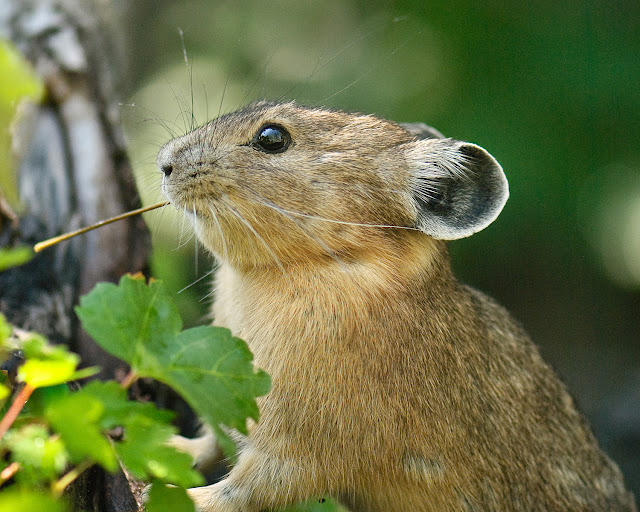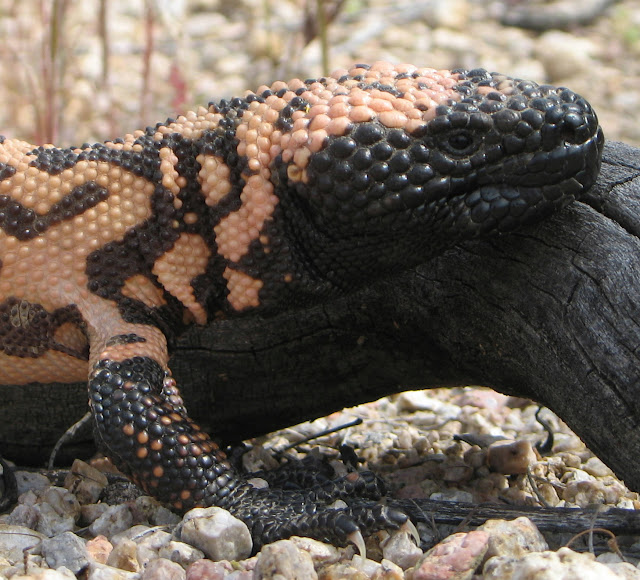Breathing deeply, the
cheetah prepares her body for the chase. Head low, eyes focused on an
impala, she slowly inches forward. In three seconds this streamlined, superfast cat is sprinting at 60 miles an hour (96 km/h), eyes locked, laserlike, on the fleeing impala.
The legendry Jamaican runner
Usain Bolt is the world's fastest human. Bolt ran 200 meters in 19.19 seconds, about 23 miles an hour (37 km/h), but that's slow compared with the cheetah. Cheetahs can run about three times faster than Bolt. At top speed, a sprinting cheetah can reach 70 miles an hour (113 km/h). Next time you're in a car on the highway, imagine a cheetah racing alongside you. That will give you an idea of how fast this speedy cat can run. Several adaptations help cheetahs run so fast. A cheetah has longer legs than other cats. It also has a long extremely flexible spine. These features work together so a running cheetah can cover up to 23 feet (7 m) in one stride - about the length of five ten-year-olds lying head to feet in a row.
Most other cats run retract their claws when they're not using them. Cheetahs' claws stick out all the time, like dog's claws. Cheetahs use these strong, blunt claws like an athlete uses cleats on track shoes - to help push off and quickly build up speed. The large centre pad on the cheetah's foot is covered with long ridges that act like the treads on a car tire. A sprinting cheetah needs to be able to stop fast, too. It is able to spread its toes wide, and its toe pads are hard and pointed. This helps a cheetah turn quickly and brake suddenly. It can stop in a single stride from a speed of more than 20 miles an hour (32 km/h).
All of these body adaptations add up to extraordinary hunting abilities. A cheetah stalks up close to a herd of impalas, then streaks forward with lightning speed. As the herd bolts, the cat singles out one individual and follows its twists and turns precisely. As it closes in on its prey the cheetah strikes out with a forepaw, knocks the animal off its feet, and clamps its jaws over the prey's throat.









